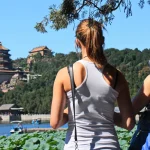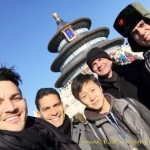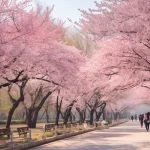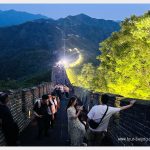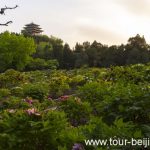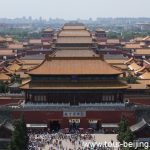Drive from Shangri-la to Daocheng
Last night we wandered Shangri-la’s old town – Dukezong (独克宗), having an authentic glimpse into the cobbled lanes and looking for a place to grab our dinner. The old lanes were flanked by two-storey wooden buildings used as restaurants, shops, cafes and hostels. We felt a bit disappointed that many of the buildings and lanes were still under…
